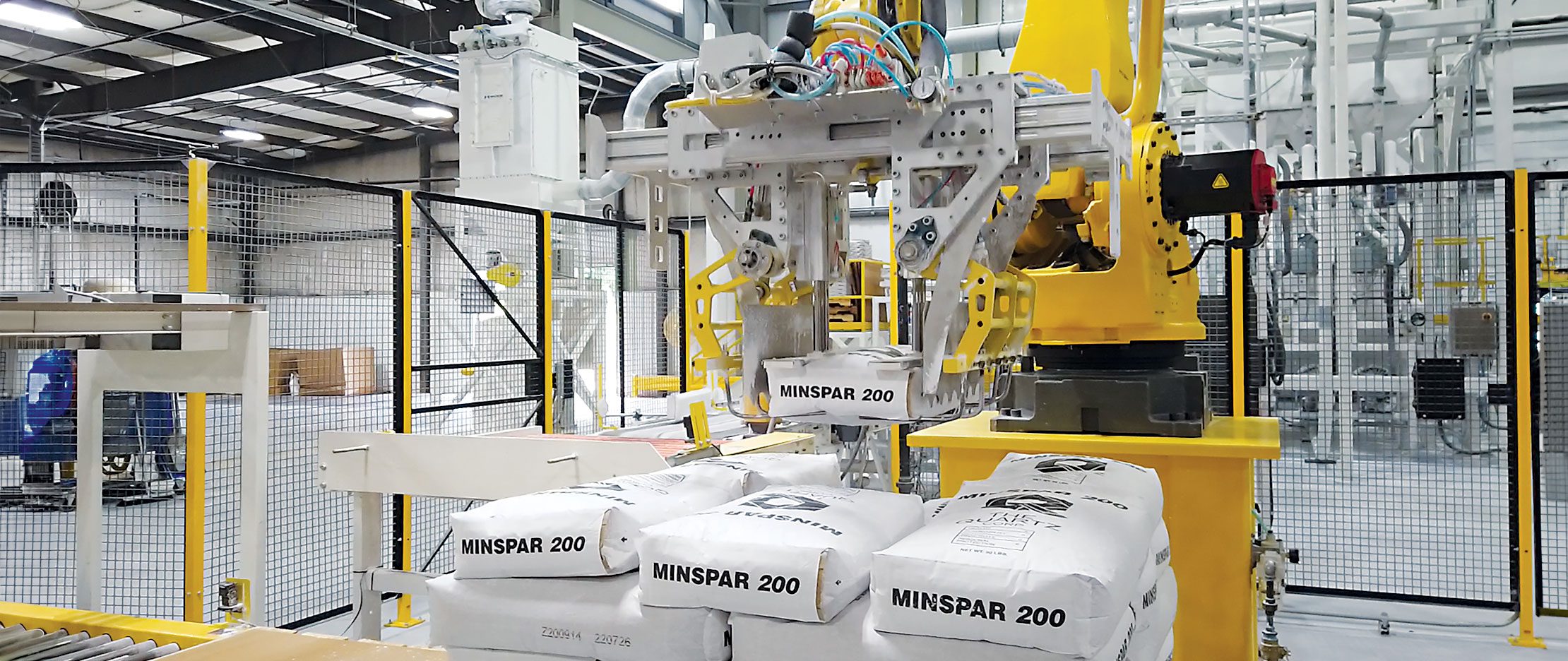
To remain relevant and competitive in today's fast-paced manufacturing industry, integrated systems have become crucial for businesses looking to streamline their operations and maximize efficiency. Adopting a seamless integrated system maximizes efficiency and significantly improves production. Integrated systems combine various processes and technologies, both legacy and new equipment, to operate as a cohesive unit. Whether you're a curious beginner or an industry professional, understanding the basics of integrated systems will significantly impact how you approach effective custom solutions in your field.
In today's fast-paced manufacturing world, integrated systems have become crucial for businesses looking to streamline their operations and maximize efficiency. Magnum’s latest blog will help you understand the basics of integrated systems and their importance in modern manufacturing processes.
So, What is an Integrated System?
In manufacturing, an integrated system combines separate components, such as machinery, software, and technology, into a seamless operational unit. When it comes to manufacturing and material handling, these systems streamline operations by connecting different stages of production, from storage and conveying to packaging and palletizing.
These systems are custom-designed to improve production speeds, minimize downtime, streamline processes and workflows, reduce errors and redundancy, enhance communication, and improve the overall performance of your business.
Key Components of Integrated Systems
Several critical elements must be considered to implement a highly successful integrated system. Let’s look at the elements that drive an optimum systems integration:
Automation is a critical aspect of integrated systems, allowing for the precise control of manufacturing processes. For example, an automated solution can include robotic arms, conveyors, and control systems that work harmoniously to optimize efficiency.
Packaging is a crucial part of the manufacturing process. Integrated packaging solutions ensure consistency, accuracy, and repeatability. Magnum Systems provides packaging solutions skillfully designed for specific dry bulk materials.
The best control systems integrate components and machines across the entire process system. This integration enables operators and personnel to access process data, improving operations, safety, output, and, ultimately, the bottom line.
Integrated systems often include various material handling solutions, such as:
To ensure a truly integrated system, it's essential to include efficient end-of-line packaging and palletizing solutions. These components work together to maximize production efficiency and profitability.
Advantages of Implementing Integrated Systems
Investing in integrated systems results in vast benefits. By aligning different processes into one cohesive system, companies can achieve improved operational efficiency, cost savings, increased production output, reduced manual errors, and increased safety. Perhaps the biggest advantage is gaining a competitive edge in a tough manufacturing market by adapting to changes more swiftly.
One of the primary advantages of integrated systems is the significant improvement in efficiency and productivity. By automating processes and optimizing workflows, these systems can eliminate manual tasks, reduce errors, increase safety, and improve overall production speed.
A well-designed integrated system is built with scalability in mind. This means it can accommodate future growth and adapt to technological advancements, ensuring that your investment remains valuable for years to come.
An integrated system can improve quality by more easily maintaining product integrity. For instance, pneumatic conveying systems, often part of integrated solutions, can offer a clean and efficient method of transporting bulk materials, preventing contamination and reducing dust emissions.
Know the Challenges of Implementing an Integrated System
Despite the numerous benefits, integrated systems come with their share of challenges, such as the cost of implementation, compatibility issues, and the need for employee training. Knowing how to overcome these challenges will allow you to reap the full benefits of integrated systems. As we will discuss later, finding the right experienced systems integration partner will help you successfully navigate these challenges.
Here are some common mistakes that the right integration partner will help you avoid:
Choosing the Right Systems Integrator
Selecting the right partner for your integrated system is essential to getting the biggest bang for your buck. Look for a systems integrator with a proven track record and comprehensive expertise. Magnum Systems, for example, offers a unique combination of integration and manufacturing expertise, providing unmatched insights to address material handling challenges.
A skilled integrator will be with you throughout the process, substantially simplifying the process. A systems integrator will design customized solutions tailored to your specific needs by gathering the following assets and information:
Integrated systems are revolutionizing the manufacturing industry, offering unprecedented levels of efficiency, control, and productivity. By understanding the basics of these systems and partnering with experienced integrators, manufacturers can significantly enhance their operations and stay competitive in today's fast-paced industrial landscape. Contact Magnum Systems today to learn how a custom integrated system can elevate your manufacturing processes.
Magnum Systems podcast series, AIM!
RELATED POSTS
Maximizing Manufacturing Efficiency: The Role of Automation in Integrated Systems
Why Invest in an Integrated Automated System?
Six Ways to Build an Efficient and Productive Integrated Material Handling System
Five Common Challenges and Solutions for Implementing an Integrated System
Related Post
Five Ways to Expand Automation Through Controls Migration Without Sacrificing Employee Morale
Predictive Maintenance Part Three: Predicting the Future of Industrial Systems
Predictive Maintenance Part One: The Lifecycle Advantage for Maximizing ROI